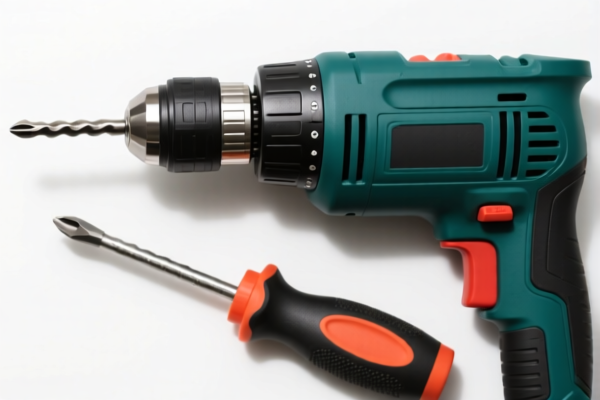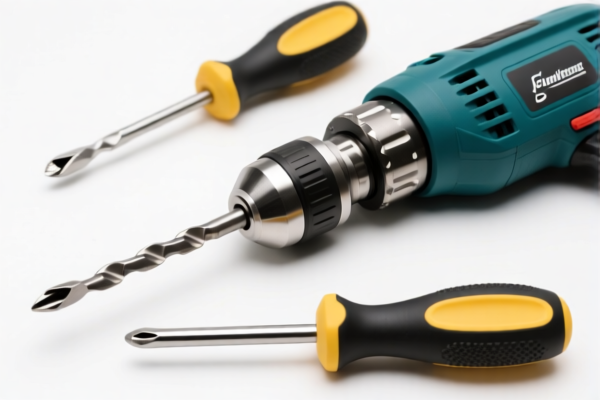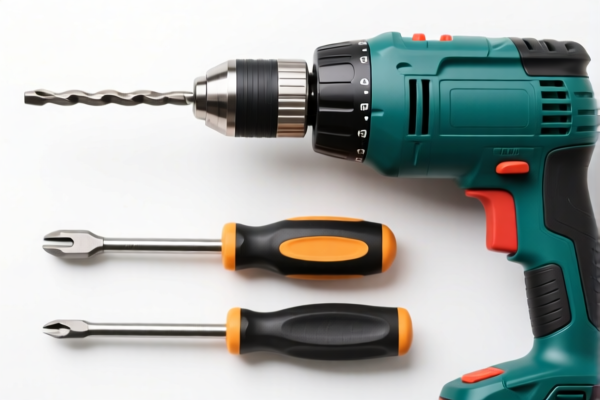| HS Code | Official Doc | Tariff Rate | Origin | Destination | Effective Date |
|---|---|---|---|---|---|
| 8206000000 | Doc | The rate of duty applicable to that article in the set subject t+30.0% | CN | US | 2025-05-12 |
| 7326908688 | Doc | 82.9% | CN | US | 2025-05-12 |
| 7326908605 | Doc | 82.9% | CN | US | 2025-05-12 |




Seam Tools
Seam tools encompass a variety of instruments and devices employed in the creation and manipulation of seams – the lines where two or more pieces of material are joined. These tools are fundamental across numerous crafts and industries, including tailoring, dressmaking, upholstery, leatherworking, and shoemaking. Their purpose is to facilitate secure, durable, and aesthetically pleasing connections between materials, typically fabrics, but also including leather, plastic, and other flexible substances.
Materials
Seam tools are constructed from a range of materials chosen for their strength, precision, and durability:
- Steel: High-carbon steel is common for seam rippers, awls, and some types of needles, providing hardness and resistance to bending.
- Stainless Steel: Used for seam rippers and needles where corrosion resistance is important.
- Wood: Traditionally used for handles of awls, bodkins, and some marking tools, offering comfort and control. Modern handles often use plastic.
- Plastic: Frequently found in handles, seam guides, and specialized tools for synthetic fabrics.
- Brass/Bronze: Used in some specialized needles and awls.
Purpose & Function
The core function of seam tools is to prepare, join, and finish seams. This involves:
- Cutting: Separating fabric layers for seam allowance, trimming excess material, and removing stitches.
- Marking: Precisely indicating seam lines, pattern transfers, and alteration points.
- Piercing/Creating Holes: For hand-sewing, creating decorative holes, or facilitating machine stitching through thick materials.
- Joining: Physically connecting fabric layers using thread, adhesives, or other methods.
- Finishing: Securing seam edges to prevent fraying and enhance durability.
Usage Scenarios
Seam tools are used across a broad spectrum of applications:
- Garment Construction: Creating dresses, suits, shirts, pants, and other clothing items.
- Quilting & Patchwork: Joining fabric pieces to create decorative blankets and wall hangings.
- Upholstery: Securing fabric to furniture frames.
- Leatherworking: Joining leather pieces for bags, belts, and other accessories.
- Shoemaking: Assembling shoe components.
- Costume Design: Creating elaborate costumes for theater, film, and events.
- Home Decor: Creating curtains, pillows, and other fabric-based items.
Common Types
A diverse range of tools fall under the umbrella of "seam tools":
- Seam Rippers: Small, handheld tools with a hooked blade designed to remove stitches without damaging the fabric. Variations include ergonomic handles and protective blade guards.
- Needles: Available in a vast array of sizes and types (hand sewing needles, machine needles, leather needles, quilting needles) suited to different fabrics and thread weights.
- Awls: Pointed instruments used to pierce holes in leather, fabric, or other materials for hand-sewing. Variations include bodkins (blunt-tipped awls) for threading elastic or ribbon.
- Thimbles: Protective caps worn on the finger to assist in pushing needles through fabric.
- Scissors: Fabric scissors (shears) with long blades designed for clean, accurate cutting. Variations include pinking shears (creating zigzag edges to prevent fraying).
- Rotary Cutters: Circular blades used with a cutting mat for precise fabric cuts, particularly in quilting.
- Seam Gauges: Small rulers used to measure seam allowances and hems.
- Seam Rollers: Used to press and smooth seams.
- Point Turners: Used to create sharp corners when turning fabric.
- Bodkins: Blunt-tipped tools used for threading elastic, ribbon, or drawstring through casings.
- Marking Tools: Tailor’s chalk, fabric pens, tracing wheels, and pattern weights used to transfer pattern markings to fabric.
- Pincushions & Magnetic Pin Holders: Used to safely store and organize pins.
Based on the provided information, seam tools can fall under the following HS codes:
-
8206000000: This HS code covers tools of two or more of headings 8202 to 8205, put up in sets for retail sale. The basic duty rate applicable to the article in the set applies, with a 0.0% additional tariff. After April 2, 2025, an additional tariff of 30.0% will be applied, resulting in a total tariff rate of the basic duty rate + 30.0%. This suggests that if the seam tools are sold as a set containing tools from headings 8202-8205, this code is applicable.
-
7326908688: This HS code covers other articles of iron or steel, specifically categorized as "Other: Other: Other: Other Other". The basic duty rate is 2.9%, with an additional tariff of 25.0%. After April 2, 2025, an additional tariff of 30.0% will be applied to steel and aluminum products, resulting in a total tariff rate of 82.9%. This code is applicable if the seam tools are made of iron or steel and do not fall under more specific classifications.
-
7326908605: This HS code covers other articles of iron or steel, specifically categorized as "Other: Other: Other: Other Rods for electrical grounding". The basic duty rate is 2.9%, with an additional tariff of 25.0%. After April 2, 2025, an additional tariff of 30.0% will be applied to steel and aluminum products, resulting in a total tariff rate of 82.9%. This code is applicable if the seam tools are rods for electrical grounding made of iron or steel.
Regarding HS codes 7326908688 and 7326908605, please note the need to verify the material (steel or aluminum) and may require documentation confirming the composition, as a 30% additional tariff applies to steel and aluminum products after April 2, 2025.
Customer Reviews
No reviews yet.